Opera Sense recommended recordings of The Marriage of Figaro (Le Nozze di Figaro):
Here are five facts to know about The Marriage of Figaro (Le Nozze di Figaro), one of the greatest operas ever written. 230 years after its premiere, we are still talking about it, performing it, and relishing in its glorious sounds and characters.
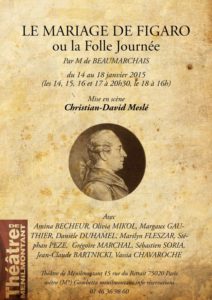 Le Nozze di Figaro (The Marriage of Figaro) is based on a French play by the name of La Folle Journée, ou Le Mariage de Figaro (The Mad Day, or the Marriage of Figaro), written by Pierre-Augustin Caron de Beaumarchais in 1778. It is the second play in the Figaro trilogy. The first play in the trilogy is Le Barbier de Séville ou la Précaution inutile, otherwise known as The Barber of Seville, a work that was made into an opera on three occasions, though today we are most familiar with Rossini’s 1816 version. The third play in the Figaro trilogy, La Mère coupable (The Guilty Mother), was also made into an opera, but it is by far the least popular of the three plays (and operas).
Le Nozze di Figaro (The Marriage of Figaro) is based on a French play by the name of La Folle Journée, ou Le Mariage de Figaro (The Mad Day, or the Marriage of Figaro), written by Pierre-Augustin Caron de Beaumarchais in 1778. It is the second play in the Figaro trilogy. The first play in the trilogy is Le Barbier de Séville ou la Précaution inutile, otherwise known as The Barber of Seville, a work that was made into an opera on three occasions, though today we are most familiar with Rossini’s 1816 version. The third play in the Figaro trilogy, La Mère coupable (The Guilty Mother), was also made into an opera, but it is by far the least popular of the three plays (and operas).- It was Mozart who proposed that he and Lorenzo Da Ponte, the librettist for Le Nozze, use Beaumarchais’ Le Mariage as the subject of an opera.
- Contrary to popular belief, no music to the opera was written prior to obtaining the Emperor’s permission to turn the subversive French play into an opera. Anyone who has watched the 1984 movie Amadeus may be surprised to learn this.
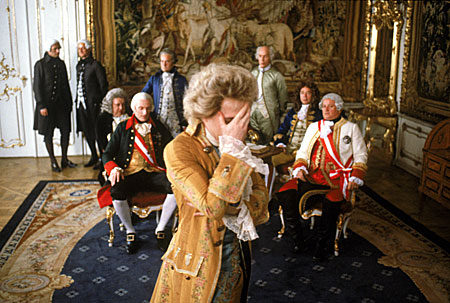
- Mozart was only 30 years old when he composed the music for Le Nozze. He would die five short years later, and the period between Le Nozze and his death is regarded as his late or mature period, during which he composed some of his most magnificent music: Don Giovanni, Così fan tutte, Die Zauberflöte (The Magic Flute), and Symphonies 40 and 41 (Jupiter), to name but a few.
- Mozart and Da Ponte set out to create a new form of entertainment with Le Nozze. It is not really opera buffa (Italian comic opera full of two-dimensional stock characters; these operas took their cues from the commedia dell’arte tradition), nor is it opera seria (Italian serious opera). Le Nozze is a deeper comedy than anything the world had seen earlier in opera buffa: it explores what it means to be in love by examining the relationships between complex characters that are anything but two-dimensional. Figaro is no comic servant character but rather a truly human individual capable of feeling love, betrayal, joy, jealousy, and profound anger. The Count is no basso buffo simply being outwitted by his servants; he is a complex being who also feels the full range of emotions Figaro himself experiences. Mozart and Da Ponte, true to their Enlightenment values, put their characters on a level playing field, be they servant or master.
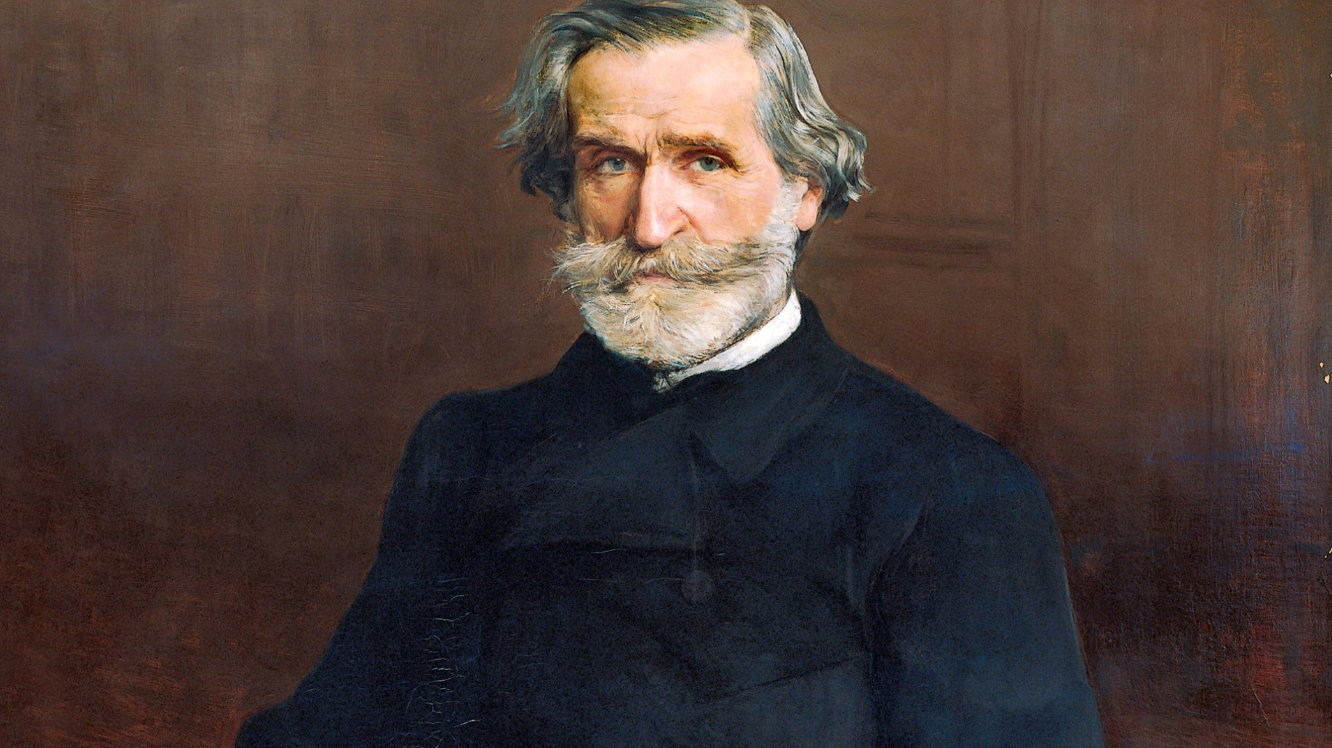
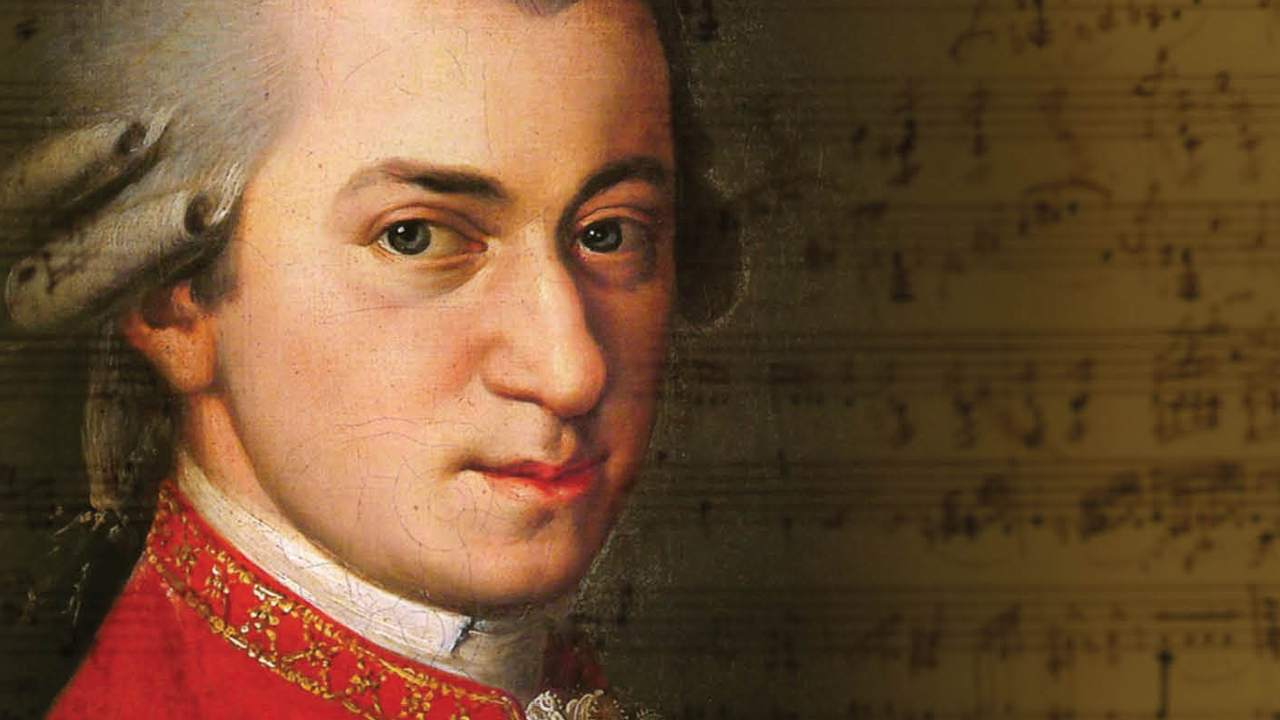
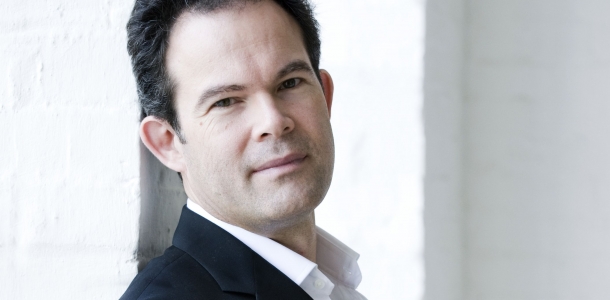
1 Comment
Mozart's Le Nozze di Figaro (The Marriage of Figaro) · January 21, 2019 at 6:18 am
[…] Five Facts to know about Mozart and Da Ponte’s The Marriage of Figaro […]
Comments are closed.